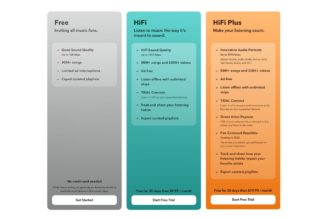Columnists
Ideas from Japan on how to ease traffic congestion in cities
Monday March 13 2023
Traffic snarl up of Public Service Vehicles (PSV) along Lagos Road as pictured on February 25, 2023. PHOTO | FRANCIS NDERITU | NMG
One of the classic indicators that a developing economy is growing at a rapid pace, is the omnipresence of traffic jams.
The global pattern in such cases is much the same. While the purchase of a new motor vehicle is a personal decision by the individual who finds that he or she can, at last, afford to buy a car due to improved income, the process of expanding road networks to accommodate the additional traffic on the roads is a government decision.
And this process, beginning with road design and ending with the awarding of a contract for road construction, usually takes a fairly long time.
As such, given the recent progress that Kenya has made in economic growth, it is hardly surprising that traffic congestion is a serious issue in Kenya, with economic losses estimated at more than Sh100 billion per year.
Also read: OKANIWA: What the world’s oldest continuous monarchy means for Japan society
Improving urban transport will significantly shorten the time required to move from one place to another, thereby contributing to a more productive society.
This is why Japan together with the World Bank organised the “Urban Development & Transport” Symposium on 24 January at the Embassy of Japan.
Prime Cabinet Secretary Musalia Mudavadi and Transport Cabinet Secretary Kipchumba Murkomen, Mombasa Governor Abdullswamad Nassir and many others participated in the meeting, reflecting their high interest.
Japan is renowned for its world-class public transport system that is safe, punctual and clean. In Tokyo, commuting to work from the suburban city of Hachioji to the Tokyo central station 44 km away, equivalent to the distance between Thika and Nairobi CBD, takes 50 minutes by train, departing every four minutes during rush hours.
This was achieved as a result of many decades of hard work as Japan’s geography, composed of islands, mostly mountainous and crisscrossed by rivers, is not the most ideal for developing transport infrastructure.
At the symposium, there was a suggestion that Nairobi should now proceed to promote Transit-Oriented Development since there is an urgent need to reduce dependence on individual vehicles on roads by promoting public transport.
In Japan, while transportation infrastructure was mainly the responsibility of the Government in the earlier years, today, as a result of the privatisation of state-owned companies, expressways and rail networks are mainly operated and maintained by private companies.
A presentation at the symposium explained the multiple benefits of Ngong Road, of which the portion between Kenya National Library Services Headquarters and Junction Mall was constructed with the support and cooperation of Japan.
The new dual carriageway did not only ease congestion but also encouraged many others working in Nairobi to buy and live in cheaper houses farther away, thus contributing to the supply of affordable housing.
As Japan and Kenya mark 60 years of partnership in 2023, our cooperation in the transport sector has achieved significant results.
Also read: OKANIWA: Japan, Africa summit opens business window
I sincerely hope that Japanese experience and know-how will contribute to promoting urban public transport and easing traffic congestion in Kenya in the coming years.









